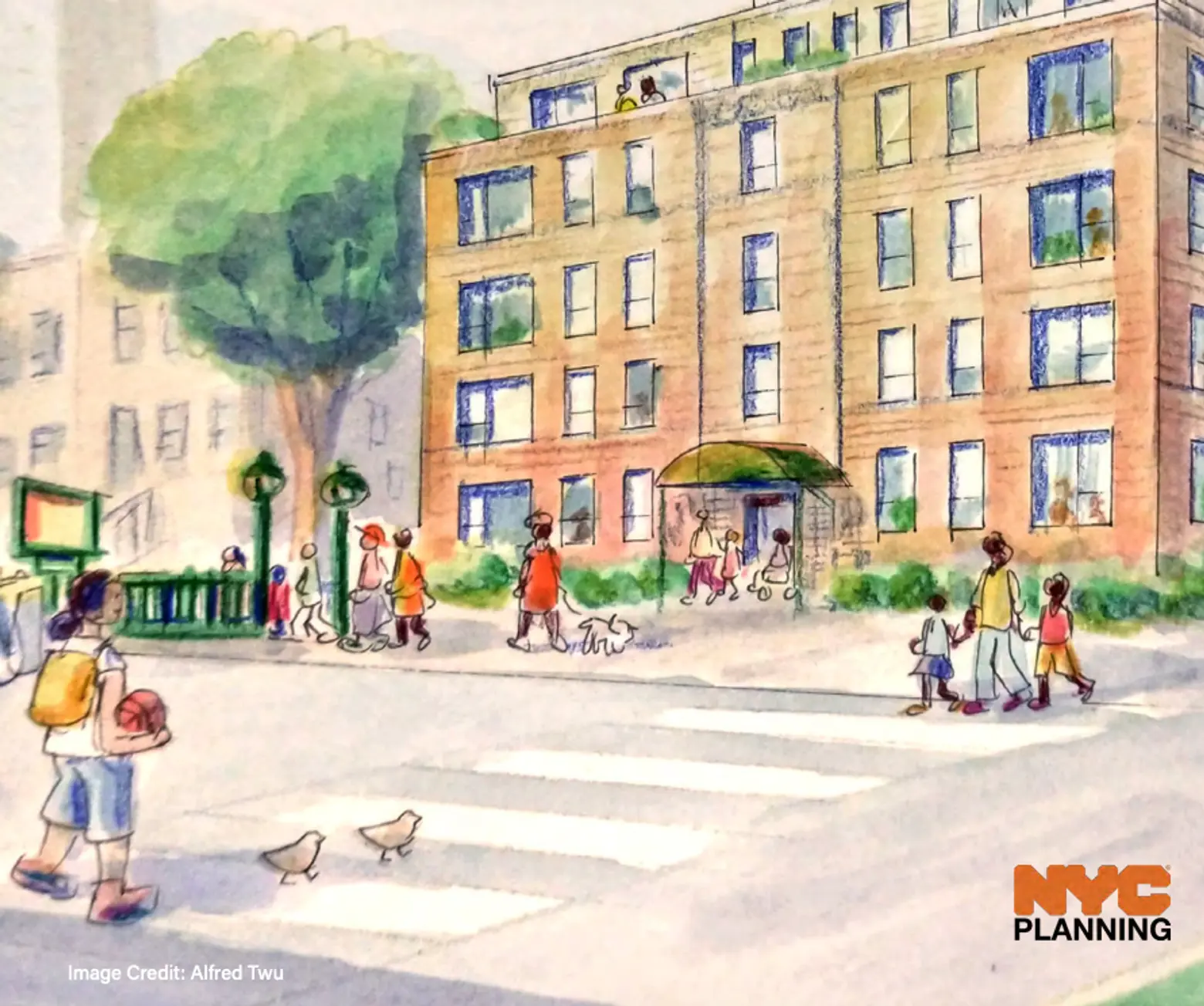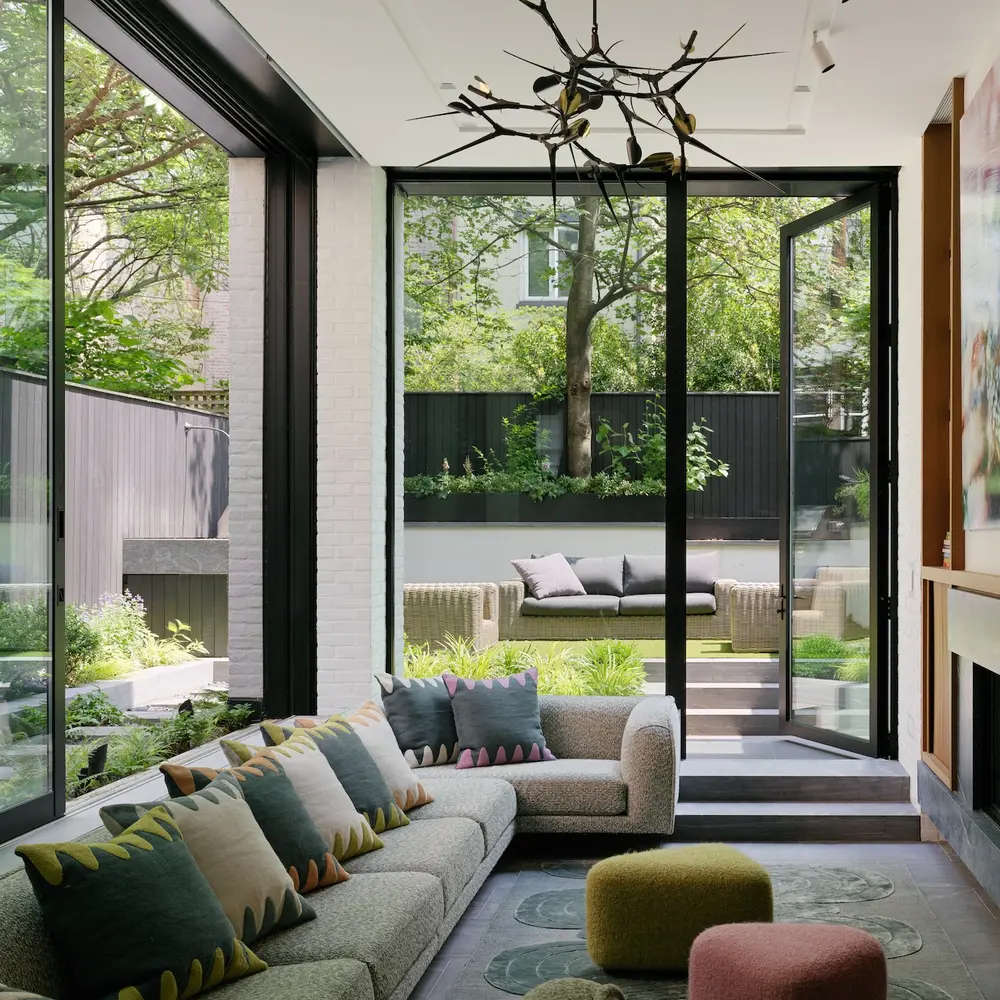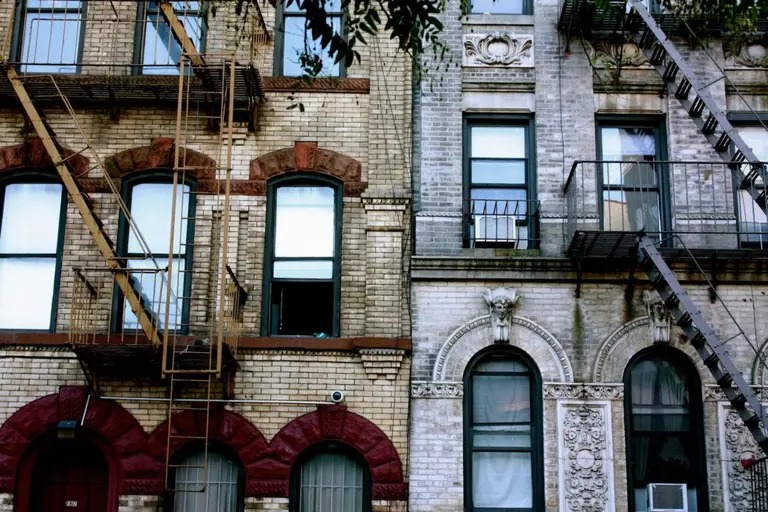NYC releases details for ‘City of Yes’ housing reform, with new affordability mandates

Image courtesy of amanderson2 on Flickr
The city this week released updated text for its major housing reform proposal, with new mandates for deeper affordability levels. The Department of City Planning (DCP) on Thursday released the annotated draft zoning text of the City of Yes for Housing Opportunity, Mayor Eric Adams’ plan to add housing in every neighborhood through various zoning changes. The text includes revising the Mandatory Inclusionary Housing (MIH) program to allow for the deep affordability choice to be a standalone option. Plus, under the proposal, developers who utilize the Universal Affordable Preference to make their buildings bigger must make all additional homes permanently affordable.

“The human consequences of our housing shortage are clear: rising rents, homelessness, displacement, and an imbalance of power between landlords and tenants,” Dan Garodnick, DCP Director, said in a statement. “City of Yes for Housing Opportunity would help alleviate this crisis by providing New Yorkers with more housing choice, and the release of the draft zoning text is an important step toward making that happen.”
Replacing the city’s existing Voluntary Inclusionary Housing program, the Universal Affordability Preference (UAP) would allow buildings to be built 20 percent larger if all additional housing units were made permanently affordable.
Currently, most zoning districts allow affordable senior housing to be 20 percent bigger than other buildings through the Affordable Independent Residences for Seniors (AIRS). The UAP would expand the AIRS framework to all forms of affordable and supportive housing in medium- and high-density districts, according to the city.
Notably, the UAP would have an affordability level of 60 percent of the area median income (AMI), allowing more lower-income New Yorkers to benefit from the program.
The draft text also allows the “deep affordability” option of the MIH program, which requires 20 percent of housing to be affordable to New Yorkers earning 40 percent of the AMI, to be used as a stand-alone option, instead of being available only in conjunction with other MIH options at higher income levels.
Currently, the city offers developers a choice between two options: set aside 25 percent of units for tenants earning 50 percent of the AMI or reserve 30 percent at 80 percent of the AMI. City officials can add the deep affordability option as an alternative, but only if they also offer the first two options, according to The Real Deal.
City Council Speaker Adrienne Adams, who called for these deeper affordability measures in her State of the City address last month, welcomed the changes.
“Our city’s housing crisis has disproportionately impacted low-income and working-class New Yorkers who are struggling to find affordable homes and stay in their communities. According to the recent New York City Housing Vacancy Survey, the lowest-cost apartments are nearly non-existent, with a vacancy rate well below 1 percent,” Speaker Adams said in a statement.
“The affordability levels in the new text for the Zoning for Housing Opportunity (ZHO) better reflect the growing need for prioritizing deeper affordability, and I welcome these changes.”
The DCP also released the comprehensive City of Yes proposal as an illustrated guide that explains the major components succinctly. These include updating zoning rules to allow for three-to-five-story residential developments close to public transit, accessory dwelling units like backyard cottages, office buildings constructed before 1990 to become housing, legalization of single-room occupancy (SRO) housing, lifting parking mandates, and more.
In March, Adams called on state lawmakers to eliminate the cap and proposed two new zoning districts in NYC that would permit buildings to be constructed up to 15 and 18 times their lot size, while also including affordable housing.
RELATED:
Get Insider Updates with Our Newsletter!
Leave a reply
Your email address will not be published.



























truly affordable housing is definitely needed in all neighborhoods, including those with a bias not in my back yard foolishness, and definitely in better off neighborhoods, also is needed more senior affordable housing in better off neighborhoods, from 0,20,30,40,60,70, and so on, the bottom line is we cant forget the low incomer and moderate earners, and seniors
Who needs property tax breaks when you can just not pay property taxes like me? In district 41 we decided to just make property tax optional.